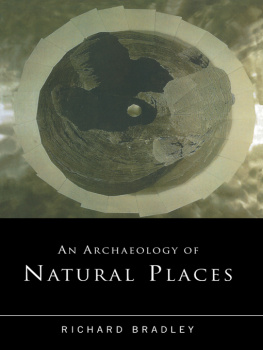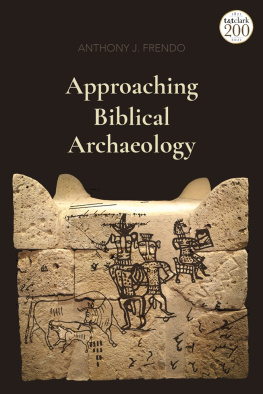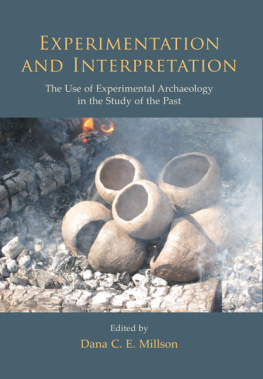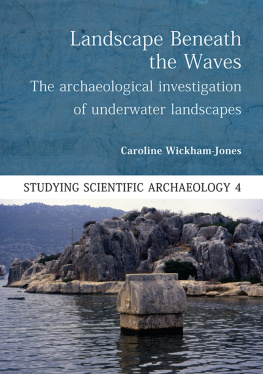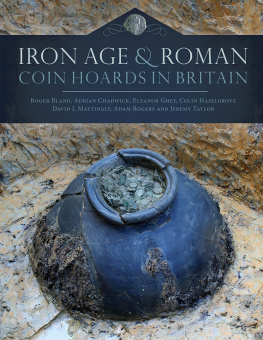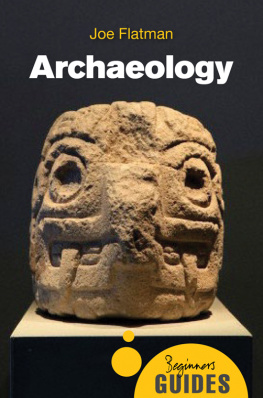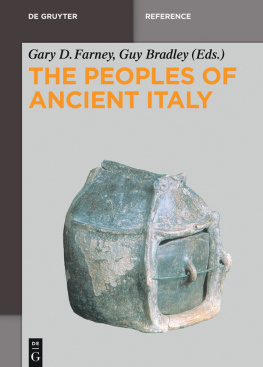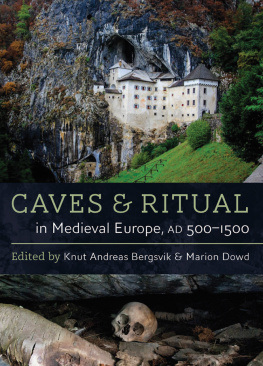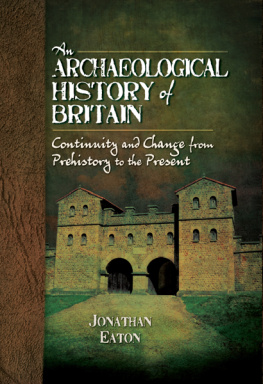Richard Bradley - A Geography of Offerings: Deposits of Valuables in the Landscapes of Ancient Europe (Oxbow Insights in Archaeology)
Here you can read online Richard Bradley - A Geography of Offerings: Deposits of Valuables in the Landscapes of Ancient Europe (Oxbow Insights in Archaeology) full text of the book (entire story) in english for free. Download pdf and epub, get meaning, cover and reviews about this ebook. year: 2017, publisher: Oxbow Books, genre: Religion. Description of the work, (preface) as well as reviews are available. Best literature library LitArk.com created for fans of good reading and offers a wide selection of genres:
Romance novel
Science fiction
Adventure
Detective
Science
History
Home and family
Prose
Art
Politics
Computer
Non-fiction
Religion
Business
Children
Humor
Choose a favorite category and find really read worthwhile books. Enjoy immersion in the world of imagination, feel the emotions of the characters or learn something new for yourself, make an fascinating discovery.

- Book:A Geography of Offerings: Deposits of Valuables in the Landscapes of Ancient Europe (Oxbow Insights in Archaeology)
- Author:
- Publisher:Oxbow Books
- Genre:
- Year:2017
- Rating:5 / 5
- Favourites:Add to favourites
- Your mark:
A Geography of Offerings: Deposits of Valuables in the Landscapes of Ancient Europe (Oxbow Insights in Archaeology): summary, description and annotation
We offer to read an annotation, description, summary or preface (depends on what the author of the book "A Geography of Offerings: Deposits of Valuables in the Landscapes of Ancient Europe (Oxbow Insights in Archaeology)" wrote himself). If you haven't found the necessary information about the book — write in the comments, we will try to find it.
Table of Contents
Chapter One Beginning again
Chapter Two A chapter of accidents
The Broadward hoard
The Mstermyr hoard
Reassessments
Bridges and troubled waters
Iron Age deposits at La Tne
Roman artefacts from the Rhine near Mainz
Reassessments
Literary sources
Ritual and non-ritual, religious and secular deposits
The ubiquity of water
Hidden in plain sight
Chapter Three Faultlines in contemporary research
Chronological faultlines
Controversy and uncertainty
The sources of confusion
Unfinished business
The next stage
Chapter Four Proportional representation
The variety of deposits
Excavations at two spring deposits
Excavations at other wetland deposits
Excavations at dryland deposits
A question of scale
A question of time
Summary
Chapter five The hoard as a still life
Pronkstillevens
Accumulations
Display
Summary and conclusions
Chapter Six The nature of things
Technologies and myths
Stone and metal
Metals
Chapter Seven A kind of regeneration
The final act
Whole and undamaged artefacts
Incomplete or damaged artefacts
Friendly fire
Fragmentation
Weights
Numbers
the last act
Chapter 8 Vanishing point
Sinking treasures
Giving and taking
Artefacts with attitude
Profiting from loss
Exquisite corpses
Chapter Nine A guide to strange places
Naming places
Going under
Going forward
Northern lights
Southern comforts
A note of caution
Chapter 10 Thresholds and transitions
Introduction
Bridges, fords and causeways
Other kinds of boundaries
River names and their associations
The character of water
The character of mountains
The earth compels
A final reflection
Richard Bradley: author's other books
Who wrote A Geography of Offerings: Deposits of Valuables in the Landscapes of Ancient Europe (Oxbow Insights in Archaeology)? Find out the surname, the name of the author of the book and a list of all author's works by series.

